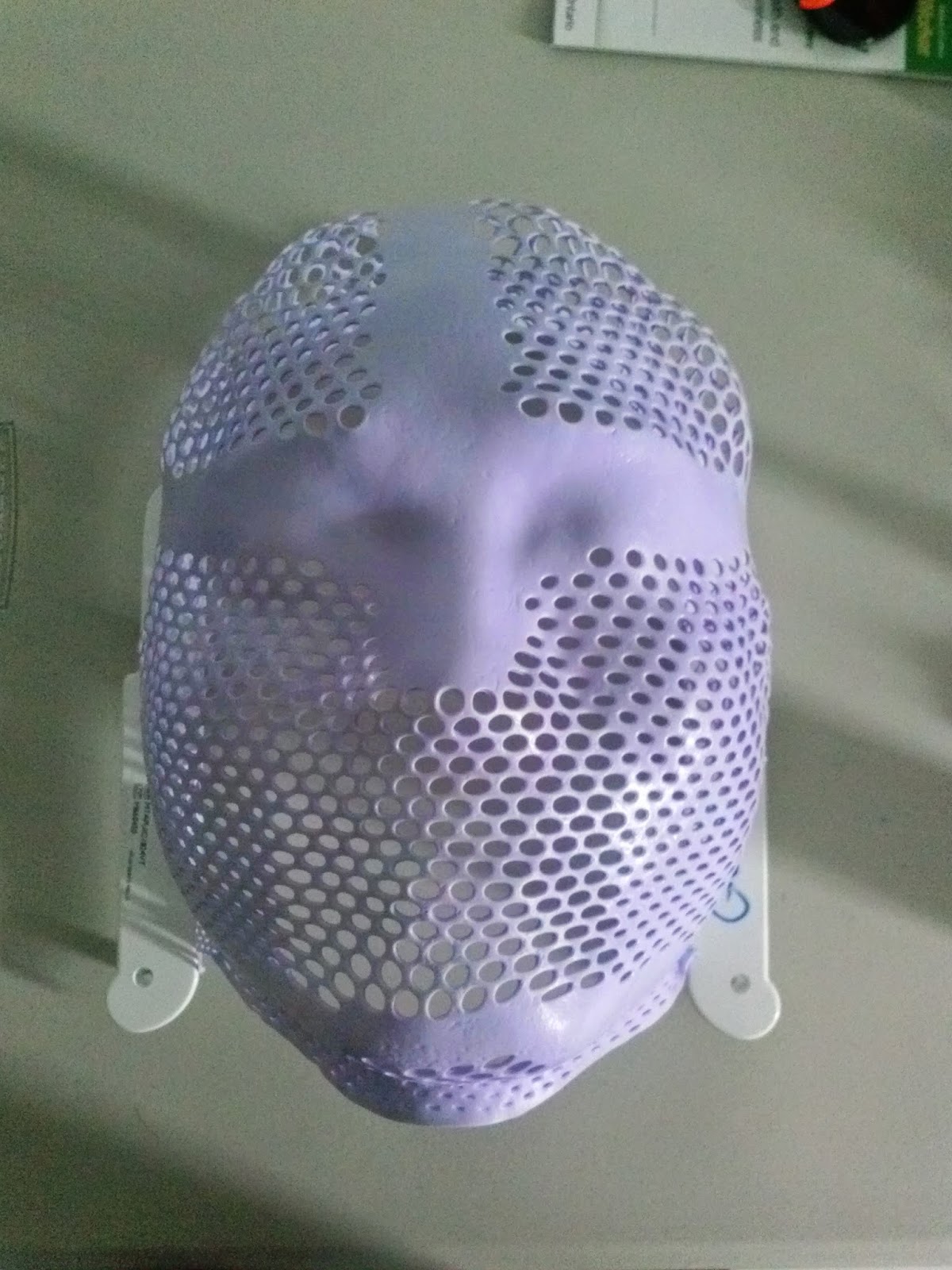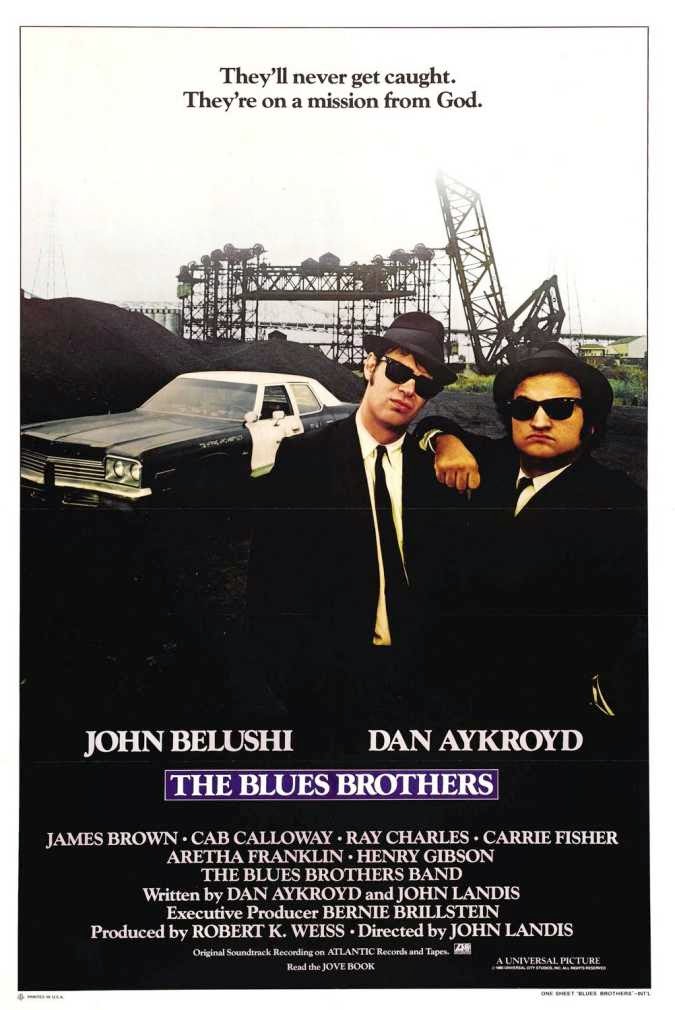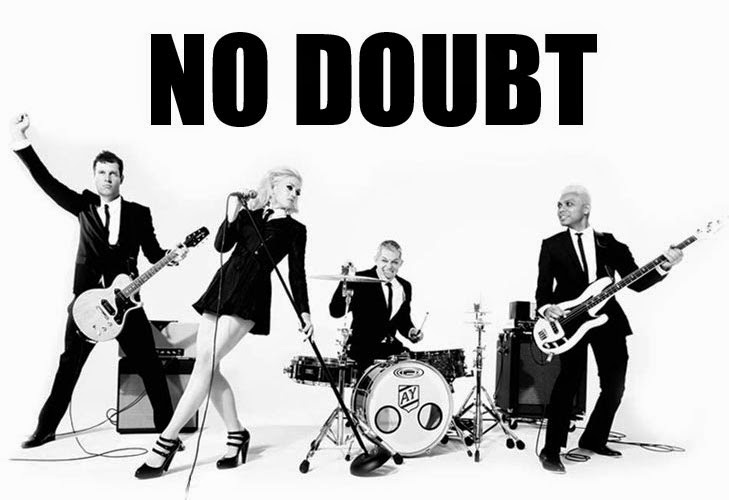(Kingston City Hall)
It has been a month since the start of summer clinical placement, and I am currently
completing my placement in Kingston General Hospital (KGH) here at Kingston, Ontario. Kingston is a nice beautiful town located at the north side of the entrance of outflow of St Lawrence River from Lake Ontario; it was the first capital of Canada when Canada was still a province of British colony.
KGH host one of the most eastern cancer center in Ontario and it has a beautiful view because it is situated by the side of Lake Ontario, its front entrance open to the water. It is a perfect place for lunch and enjoys the sun during summer time.
(KGH cancer centre front entrance)
(MacDonald
Park by water, in front of cancer centre)
The past month was phenomenal, words cannot fully describe the knowledge and experience we gain from clinical practice. The transition from purely academic to hands on
practice is eye-opening and a bit hectic; because each patient is unique and no knowledge from books can prepare you how to interact with all patients. It is interesting to learn from the therapists, the way they educate patients on their first day of treatment, the type of approach to each patient base on the assessment they do during the conversation with them. It’s amazing how much compassion the therapists have for patients and how much they care for them.
During the first two weeks in CT simulation unit, I made my first mask and had my own mask made for treatment to head and neck regions. The mask is made of pliable plastics. They come in as a sheet of plastic in a frame, and are put into a warm/hot water bath for 2-4 minutes to makes it pliable, after the mask is taken out of the warm water bath there is a 30-60 seconds window before it hardens. The therapist takes out the mask, tower dry it as much as possible and covers it on patient’s head as fast as possible. The therapists are very efficient at their job, but what is amazing are the patients going through the process; imagine a warm and moist piece of plastic cover you face, harden in an instant and lock your head into position, and afterword you cannot move for 5-10 minutes for CT scan. I never had thought of the discomfort till I experience it myself.
(My 1st mask, can kinda see my face print)
So far the experience here is amazing, and hopefully the coming June will be equally fantastic as well.
Till next time.
Gordon

















